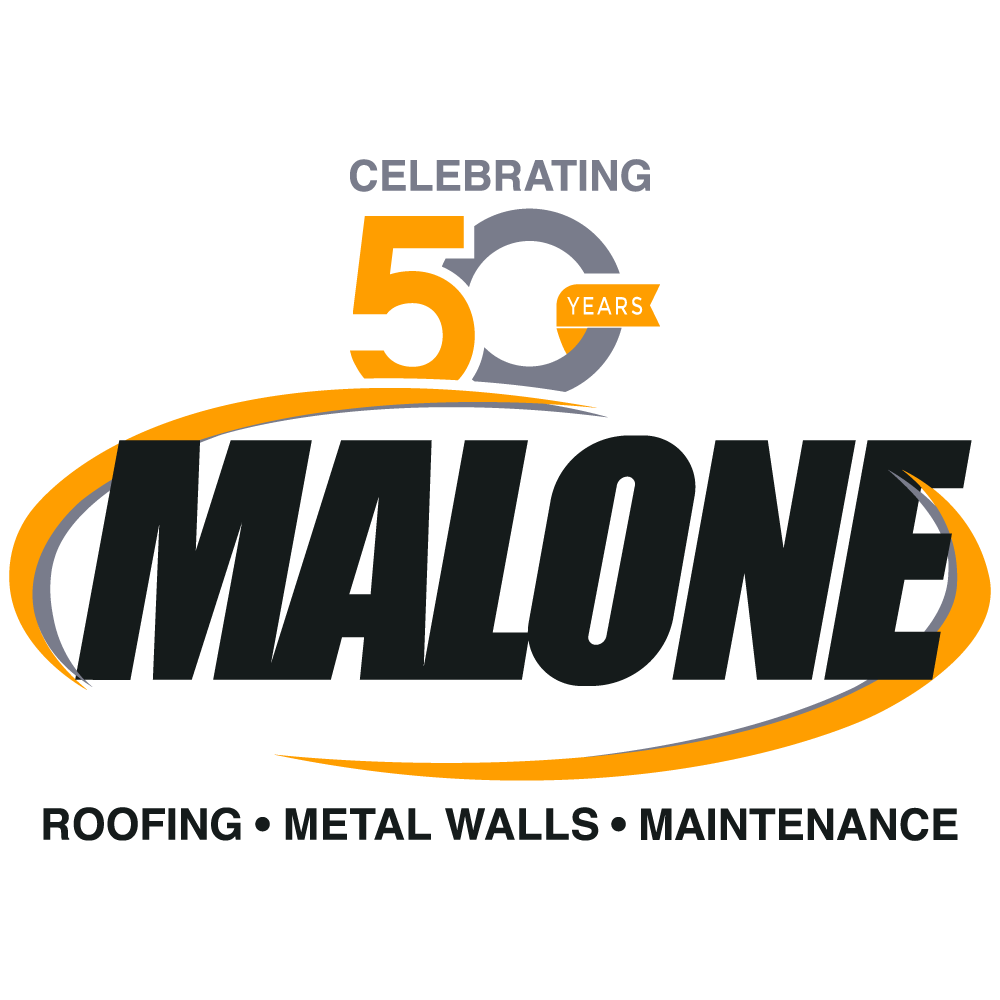TPO Roofing: Everything You Need To Know
What is a TPO Roof?
Known as Thermoplastic Polyolefin, TPO roofing falls under the single-ply membrane roofing category. Single-ply membranes are sheets of rubber and other synthetics that can be mechanically fastened, ballasted, or chemically adhered to insulation, creating a layer of protection on your roof. It has been around for a few decades, and since its chemical formula has kept evolving, it has become more reliable.
TPO roofs feature a blend of various types of rubber (including polypropylene and ethylene-propylene) rather than plastic.
It comprises three layers: TPO polymer base, scrim (polyester-reinforced fabric center), and thermoplastic polyolefin compounded upper ply. The roofing membrane is single-ply and covers the entire surface of the roof.
TPO is a thin, light-reflective roof designed to have the advantages of a rubber roof combined with hot air-weldable seams for extra durability at a cheaper cost than EPDM and PVC roofs.
Why TPO for Your Roof?
One of the main benefits of installing a TPO roof is the cost of it. TPO has one of the lowest price points for roofing materials, costing less than EPDM, PVC, and other roller rubber roofing systems. Also, roofing experts estimate that a TPO roof can last up to 20 years.
Another advantage of using TPO roofing is the color palette. Its white color gives it reflective characteristics to help reflect the sunlight away from the property, keeping the inside-climate cooler in the summer — making you use less air conditioning and paying less for electricity bills. This energy-saving also helps lower the overall price point when you incorporate energy-saving into the life of the roof cost.
Last but not least, you’ll find different TPO options of thicknesses and widths to suit your roofing project’s needs. Commercial-grade roofing TPO is typically thicker but more narrow, and residential-grade roofing TPO is thinner but often longer and wider.
The Pros of TPO
Cost-Effectiveness: TPO offers comparable energy efficiency and the ability to weld hot air at a fraction of the cost of PVC or EPDM. Moreover, it can be installed on residential and commercial properties. And because it’s flexible and light, allowing easy installation and maintenance.
Strength and Durability: TPO roofing can resist tears, punctures, dirt, and mold build-up. It has the most flexibility regarding single-ply roofing membranes because it can deal with the expansion and contraction of a property roof more efficiently than other materials. And because TPO membranes have hot air welded seams, their seam strength is three times stronger than conventional rubber roofs that use tape systems. It’s also about six times stronger than those with glued seams. Generally, roofing experts estimate a TPO roof can last from 10 to 20 years.
Energy Efficiency: TPO has UV-resistant properties which ease cooling costs during the summertime. It meets and exceeds the EPA Energy Star requirements, meaning it will help keep your energy bill low in the summer — while helping the environment and keeping your property cool at the same time. This energy efficiency will impact the overall cost of the roof once you factor in energy savings.
Faster Installation: TPO is one of the lighter roof systems (it weighs less than EPDM, for instance), making it easier to maneuver and move around — leading to less labor time needed for installation. Less time working on a project results in significantly lower labor costs, another area in which TPO can save you time and money.
Adaptability: TPO comes in various colors: white, black, and grey. With their strong level of UV resistance, all colors can deliver energy savings for you. Choosing colors allows architects to build a roof design that fits both design and energy efficiency.
The Cons of TPO
Longevity: TPO is one of the newest materials in the market, so there are questions about its longevity. The chemical formula for TPO has been changed over the past 30 years to improve its performance. But we must wait to know how well and how much time a TPO roof will hold up over the upcoming years.
Sensitive to Super-High Temperatures: Even though a TPO roof can save a remarkable amount of money on your energy costs, it can cause problems over time exposure when the temperature gets too high. So, if temperatures are pushed to a tremendously high level regularly, or if solar loads are increased far beyond usual amounts, it’s possible that a TPO roof could fail to withstand those extreme conditions.
How to Choose a TPO Roofing Contractor?
You can make sure to get the most out of your TPO roof by choosing the best possible product and the best roof services corporation.
At Malone Roofing, we’ve provided commercial and residential roofing services across Mississippi, Alabama, Louisiana, and Florida’s Pan Handle for over 45+ years, including roof repair, replacement, installation, emergency roofing services, and more.
Reach Out Today to Start your Roof Project!
We also offer a wide selection of high-quality roofing products, including TPO roofs. Each roofing project receives a thorough inspection to ensure the securest installation, and to provide you with roofing estimates. Don’t hesitate, contact us today at 1-833-7-MALONE
